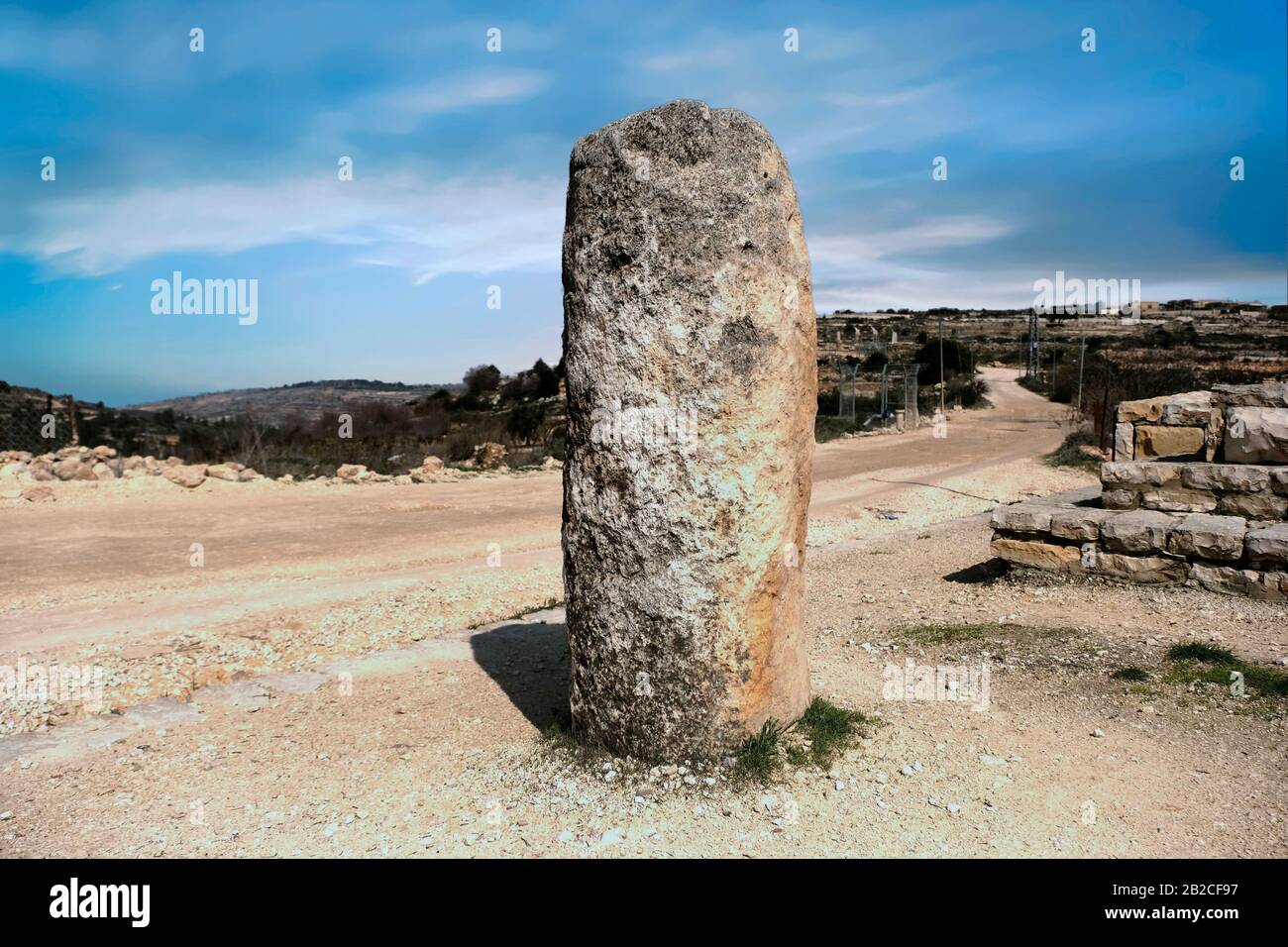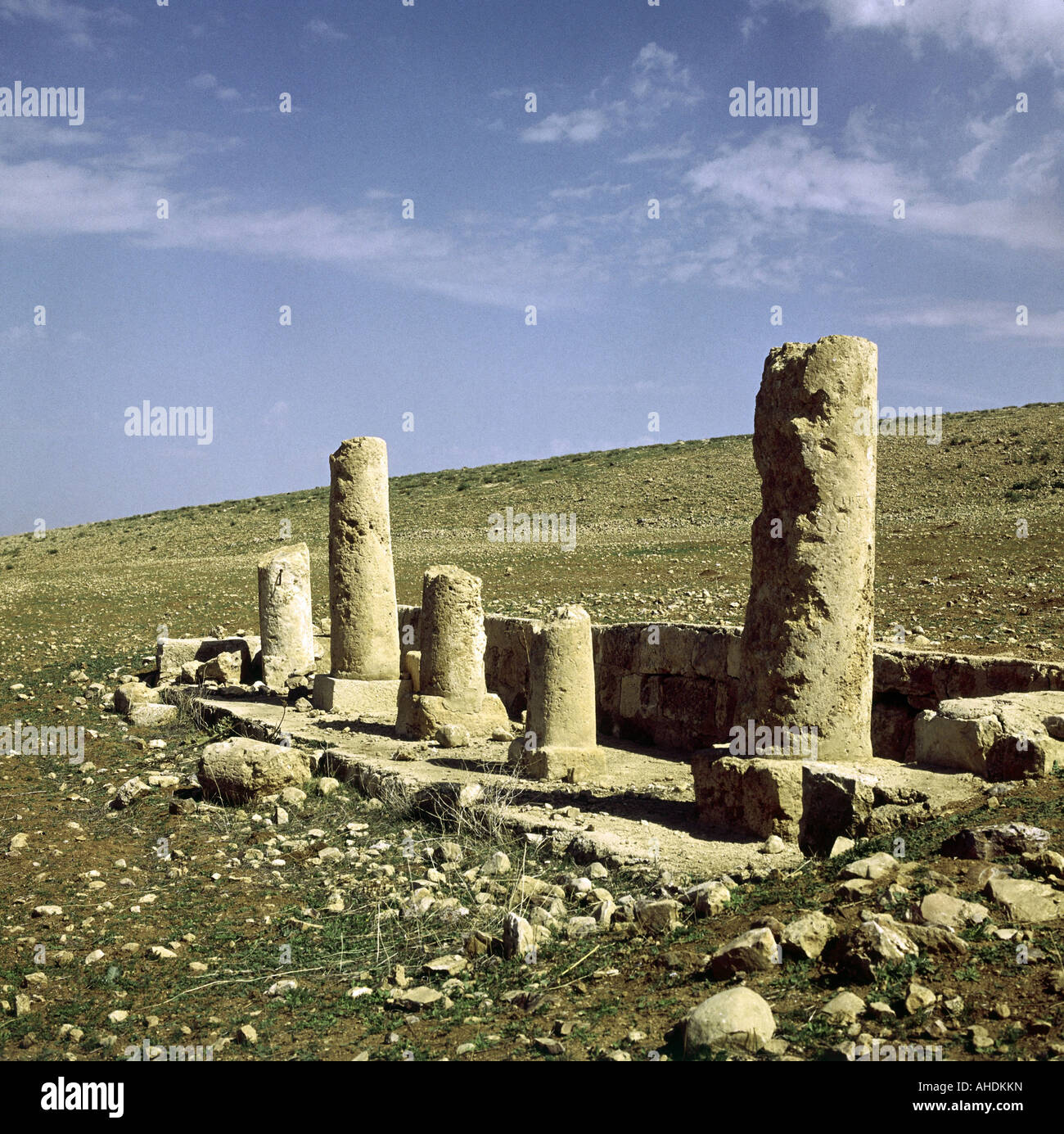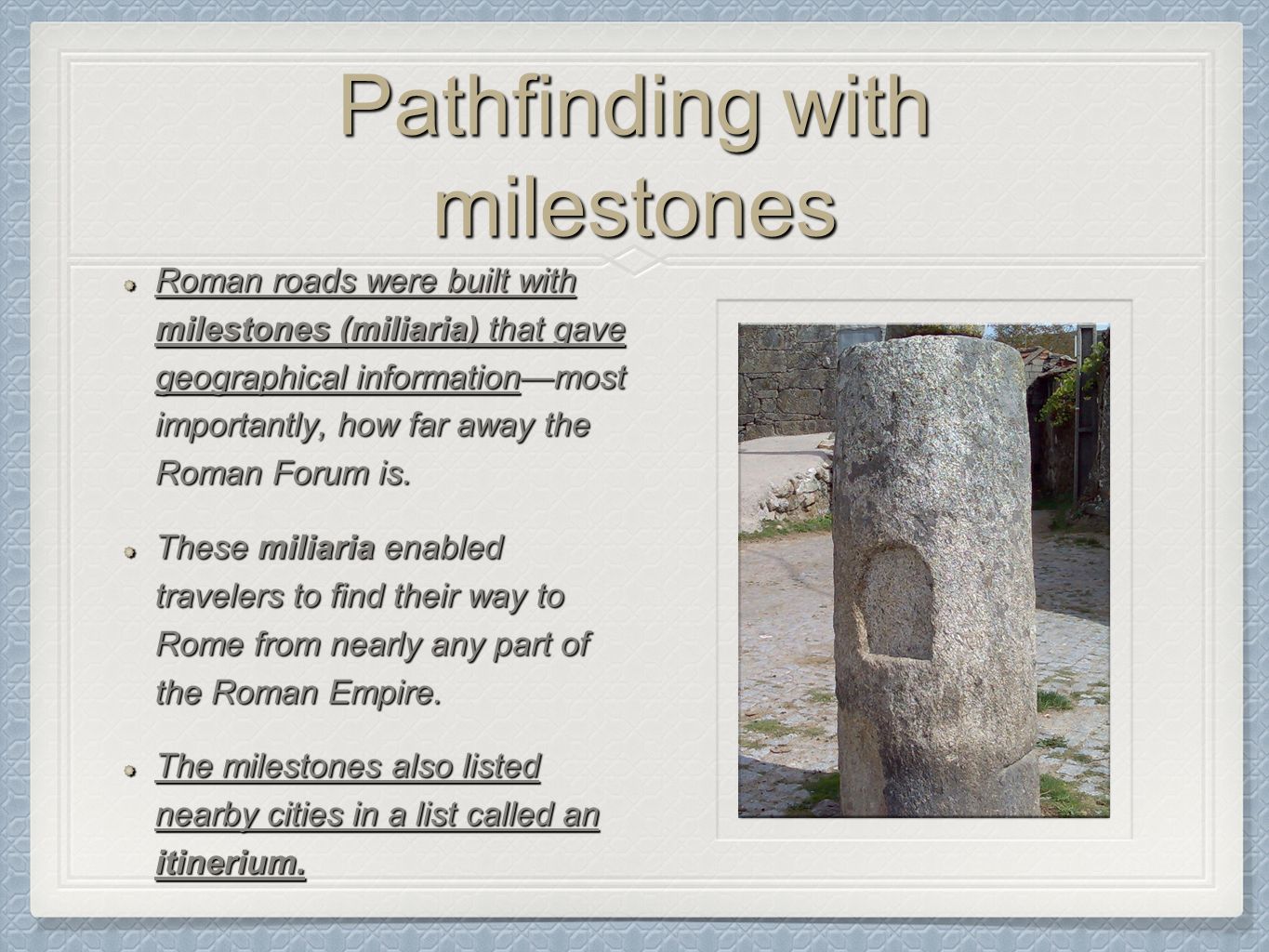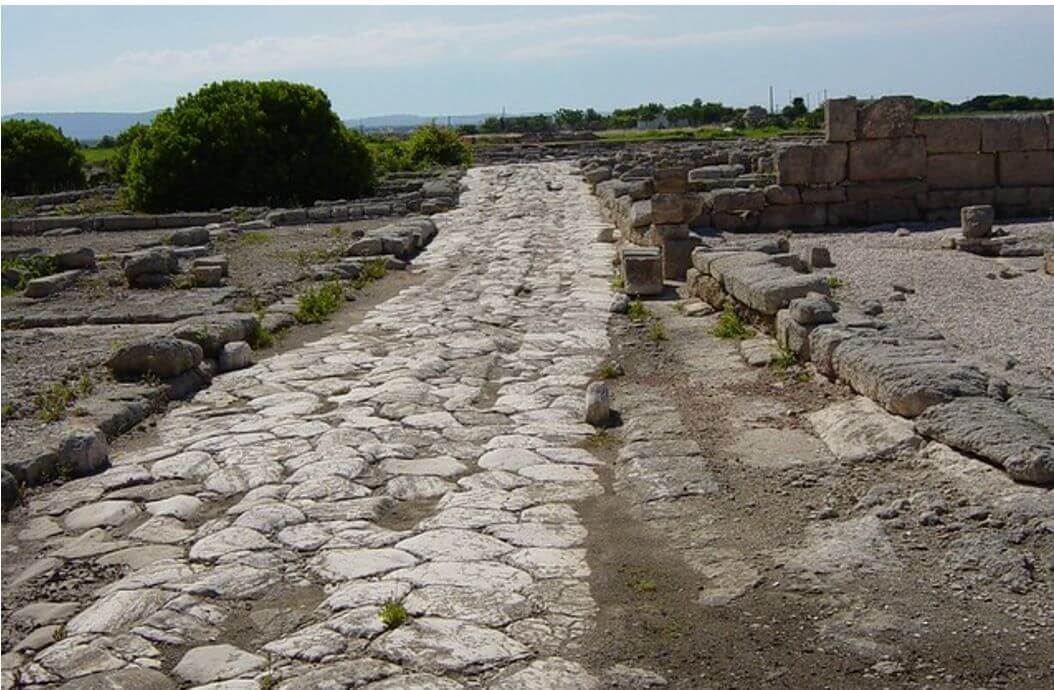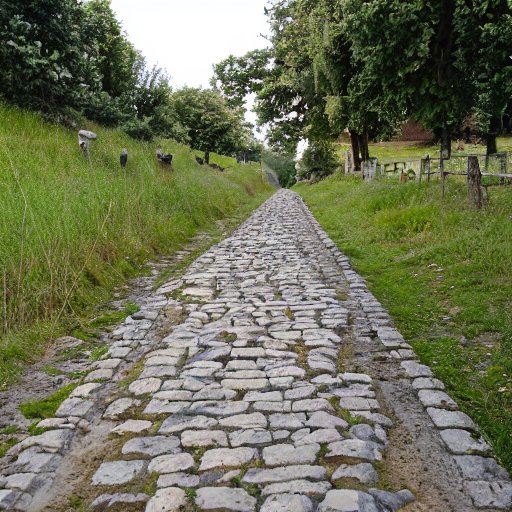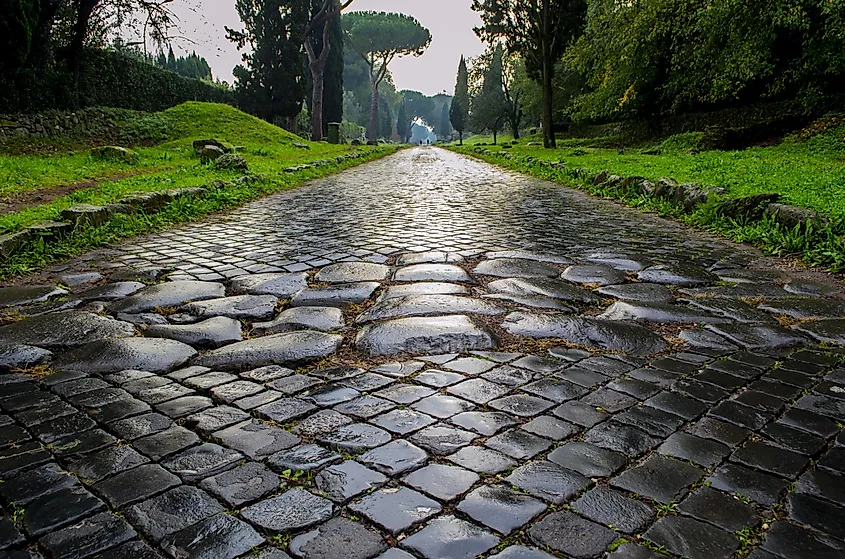What Is A Milestone On A Roman Road - As a unit of measure, the mile dates back to roman times. Milestones were used to mark distances on the ancient roman road systems. The latin is “milia passuum,” meaning a thousand paces. A milestone, or miliarium, was a circular column on a solid rectangular base, set for more than 2 feet (60 cm) into the ground, standing 5 feet. This marked the starting point for a system of roads, all of which led to rome. These obelisks were made of marble or granite.
This marked the starting point for a system of roads, all of which led to rome. As a unit of measure, the mile dates back to roman times. These obelisks were made of marble or granite. A milestone, or miliarium, was a circular column on a solid rectangular base, set for more than 2 feet (60 cm) into the ground, standing 5 feet. The latin is “milia passuum,” meaning a thousand paces. Milestones were used to mark distances on the ancient roman road systems.
As a unit of measure, the mile dates back to roman times. A milestone, or miliarium, was a circular column on a solid rectangular base, set for more than 2 feet (60 cm) into the ground, standing 5 feet. This marked the starting point for a system of roads, all of which led to rome. These obelisks were made of marble or granite. The latin is “milia passuum,” meaning a thousand paces. Milestones were used to mark distances on the ancient roman road systems.
Roman Roman Milestone in the Plain of a Limia. Galicia, Spain. Via
As a unit of measure, the mile dates back to roman times. The latin is “milia passuum,” meaning a thousand paces. This marked the starting point for a system of roads, all of which led to rome. Milestones were used to mark distances on the ancient roman road systems. These obelisks were made of marble or granite.
Milestones Have Been Here Since the Roman Times RuralHistoria
Milestones were used to mark distances on the ancient roman road systems. These obelisks were made of marble or granite. The latin is “milia passuum,” meaning a thousand paces. This marked the starting point for a system of roads, all of which led to rome. As a unit of measure, the mile dates back to roman times.
Roman milestone XII 12 which was part of ancient milestones used by
The latin is “milia passuum,” meaning a thousand paces. A milestone, or miliarium, was a circular column on a solid rectangular base, set for more than 2 feet (60 cm) into the ground, standing 5 feet. As a unit of measure, the mile dates back to roman times. These obelisks were made of marble or granite. Milestones were used to.
Ancient Roman Transportation
Milestones were used to mark distances on the ancient roman road systems. The latin is “milia passuum,” meaning a thousand paces. This marked the starting point for a system of roads, all of which led to rome. A milestone, or miliarium, was a circular column on a solid rectangular base, set for more than 2 feet (60 cm) into the.
Roman Roads Pathway to an Empire. ppt video online download
Milestones were used to mark distances on the ancient roman road systems. The latin is “milia passuum,” meaning a thousand paces. This marked the starting point for a system of roads, all of which led to rome. These obelisks were made of marble or granite. A milestone, or miliarium, was a circular column on a solid rectangular base, set for.
Roman Roads and Milestones Ferrell's Travel Blog
This marked the starting point for a system of roads, all of which led to rome. Milestones were used to mark distances on the ancient roman road systems. These obelisks were made of marble or granite. A milestone, or miliarium, was a circular column on a solid rectangular base, set for more than 2 feet (60 cm) into the ground,.
Roman Milestone Near the Village of Aldea Del Cano, Extremadura, Spain
As a unit of measure, the mile dates back to roman times. This marked the starting point for a system of roads, all of which led to rome. A milestone, or miliarium, was a circular column on a solid rectangular base, set for more than 2 feet (60 cm) into the ground, standing 5 feet. The latin is “milia passuum,”.
Early Roman Roads Via Egnatia The Ancient Roman Road That Connected
Milestones were used to mark distances on the ancient roman road systems. A milestone, or miliarium, was a circular column on a solid rectangular base, set for more than 2 feet (60 cm) into the ground, standing 5 feet. This marked the starting point for a system of roads, all of which led to rome. These obelisks were made of.
Jerusalem Roman roads BibleWalks 500+ sites
The latin is “milia passuum,” meaning a thousand paces. As a unit of measure, the mile dates back to roman times. These obelisks were made of marble or granite. This marked the starting point for a system of roads, all of which led to rome. A milestone, or miliarium, was a circular column on a solid rectangular base, set for.
Roman Roads
Milestones were used to mark distances on the ancient roman road systems. This marked the starting point for a system of roads, all of which led to rome. As a unit of measure, the mile dates back to roman times. A milestone, or miliarium, was a circular column on a solid rectangular base, set for more than 2 feet (60.
These Obelisks Were Made Of Marble Or Granite.
Milestones were used to mark distances on the ancient roman road systems. As a unit of measure, the mile dates back to roman times. The latin is “milia passuum,” meaning a thousand paces. This marked the starting point for a system of roads, all of which led to rome.


